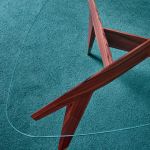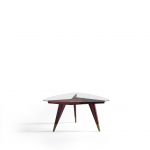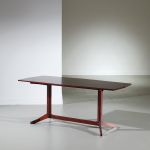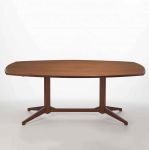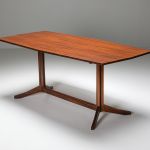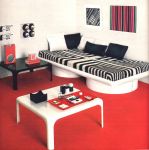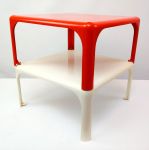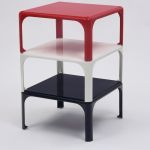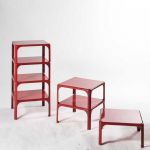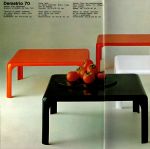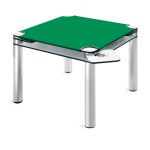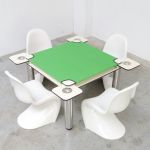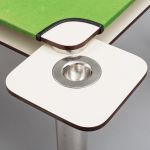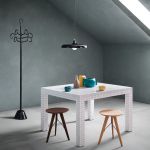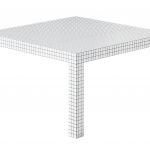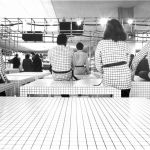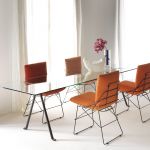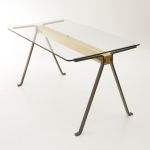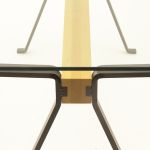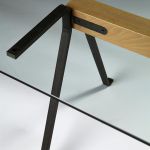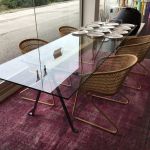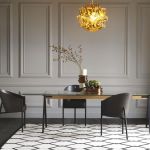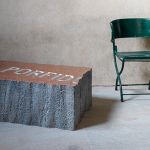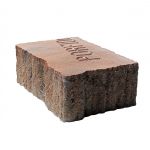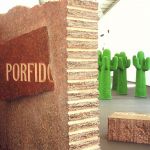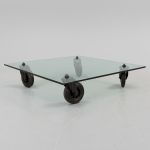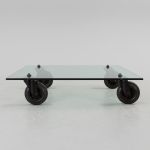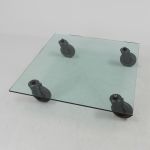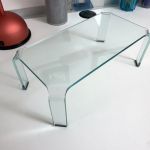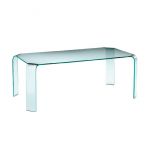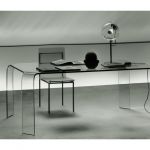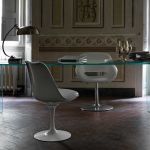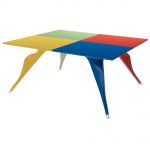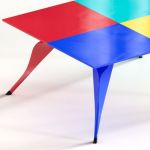
10 tables that have made the history of Italian design
Please use a coaster
April 18th, 2023
The table is an object that has accompanied human civilization since its beginnings. It is no coincidence that it is one of the few pieces of furniture that still retains all its deep social meanings in contemporary times: the table is the center of conviviality, where we gather, eat together and work – and that is why its cultural importance, as well as its size, make it one of the central parts of the house. In the world of Italian design the types of tables are many, there are the classic ones that are usually also the most concept ones, such as the "Quaderna" series by Superstudio or the TL22 model by Franco Albini and Franca Helg; others such as Gio Ponti have created coffee tables that, by virtue of their decorative and detail function, lend themselves to structural experimentation; then there is a whole intermediate category in which the idea of the table has been abstracted and reworked freely, as in the cases of Magistretti's "Demetrio" or in the "Massolo" signed by Gilardi for Gufram.
That of design tables is a complex world, rich and, especially in the case of Italy, densely populated. For this reason nss magazine has drawn up a list of the 10 tables that have made the history of Italian design.
1. Gio Ponti – Coffee table D.552.2 (c. 1950)
The original design of this table was made in the early 50s by Gio Ponti for Singer & Sons, a New York furniture manufacturer. In the line that the Italian designer designed for the company there were various tables of different sizes – but it was this, then reissued by Molteni with the name of D.552.2 that remains to this day the most memorable. Its tripartite construction, based on an essential geometry, and its crystal plane with rounded corners make it a small masterpiece of elegance and measure that instead creates a contrast with the sharp corners of the base.
2. Franco Albini & Franca Helg – Table TL22 (1958)
Albini once defined tradition as «the barrier to imaginative licenses, to the provisional nature of fashion» and it is no coincidence that he is considered a master of rationalism – that style, that is, for which form and function had to adhere perfectly. The TL22 table, made for Poggi during the very long association with the great Franca Helg, represents exactly this style: it is not rigidly rectangular, it is not even elliptical, but it has a curvature that is both elegant and severe. The legs of the table, on the other hand, reflect the architectural, practical and free of frills conception that characterizes the entire work of Albini and especially his works with Helg.
3. Vico Magistretti – “Demetrio” Table (1964)
The "Demetrio" is perhaps one of the most expressive creations of Magistretti's design philosophy, which looked «everyday objects with a curious eye» and was able to revolutionize its appearance with touches so subtle, so simple as to make the creative process itself seem almost invisible. The "Demetrio" table was born from the observation of a plastic container used to wash photographs, whose sides were cut and whose bottom became the top. The table, which was stackable, also had the additional advantage of being able to be produced through a single mold, marking in fact a turning point between the "old" design and the modern one.
4. Joe Colombo – “Poker” Table (1968)
It is not yet clear whether the adjective "hedonistic" could be applied to a table, but in case it was it should be applied to the poker table that Joe Colombo signed in the late 60s. Bringing together his love for futuristic technology, his intuition for the practical solution but also the vaguely sensual attitude that distinguishes many of his designs, this gaming table has two tops, one green to play and one lower to use as a support surface. Four rotating planes hidden between the two surfaces and easily removable, give space for ashtrays and support points for glasses. Finally, the tubular steel feet accentuate the impression of soft roundness and also hide adjustable feet.
5. Superstudio - “Quaderna” Series (1970)
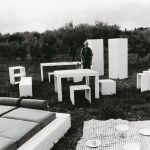
The Superstudio in Florence designed this table for Zanotta in the early 70s. These were the years of radical design, in which the design of the furnishings had broken the barrier of tradition and had entered a more dreamlike and playful realm. These were also the years in which the functionalism that still existed in academic circles was rejected and how to combine the new design principles with the idea of modularity and reproducibility. Just the year before, Superstudio was working on Histograms, objects built on the basis of an orthogonal lattice that could vary in scale from the furnishings to the building – and from there the idea of Quaderna was born: a series of furniture with essential geometries, decorated with an all-over square that could combine tables, seats, cabinets and even textile products under the same principle.
6. Enzo Mari – “Frate” Table (1973)
The name of this table recalls two different areas: the first is that of the friars, with its monastic and almost Franciscan simplicity; the second is the sphere of brotherhood, in which the social purpose of the table is recovered. Mari was a designer attentive to essentiality, who hated superfluous frills but always took into account the elegance and classicism of his creations. The table later became the progenitor of a whole family of other smaller furniture called from time to time "Little Brother" or "Cousin" as if to demonstrate a kinship between the various projects united by the same concept, the union of three simple elements such as glass, wood and steel, each of which reduced to the essential and recombined to create objects that were functional but also visually light, harmonious and balanced.
7. Piero Gilardi – “Massolo” (1974)
Also from the 70s is the "Massolo" coffee table one of the greatest expressions of that humor that distinguishes Gufram, a brand for which Gilardi designed it and which still produces it. Very briefly, "Massolo" is the imitation of a block of red porphyry that is made of very light polyurethane. The furniture is actually a versatile object because in addition to being a coffee table it is also a bench, a decoration or, to use the words of Gilardi himself, it is an experience.
8. Gae Aulenti – Table with wheels (1980)
Aulenti worked at this table in the same year that he was working on some projects at the Centre Pompidou, in Paris. The famous museum designed by Richard Rogers and Renzo Piano was part of the High-Tech movement, that design trend that emphasized the aesthetics of industrial hardware – which for this table resulted in an almost brutal fusion of a glass top with four oversized wheels, perhaps suitable for heavy machinery. The final effect is paradoxical and evocative at the same time, a strange harmony between the delicacy of the glass and the heaviness of the tires.
9. Vittorio Livi – “Ragno” Table (1983)
A monolith of curved glass, the first of its kind, shaped by glassmakers starting from an incandescent mass that turns into a piece of furniture that transcends the very idea of a table. The curved glass made famous by Livi and the studio he founded FIAM, later obtained other iconic variations (such as the Ghost armchair by Cini Boeri) but it was this table that was the progenitor of everything.
10. Alessandro Mendini – “Macaone” Table (1985)
This table designed by Mendini for Zanotta is part of the Zabro collection, born as a celebration of Italian artistic craftsmanship and for this reason, unlike the other tables on this list, it is not technology or innovation that are the traits explored with this project but the connection between art and design. The homage to classic craftsmanship translates here on a formal level, while the materials are those of modern 80s design such as fiber, polyurethane, steel and aluminum panels. The artistic element is instead communicated through color blocking that transforms the vaguely traditionalist structure of the table into an almost gallery piece.





































.jpg)































































